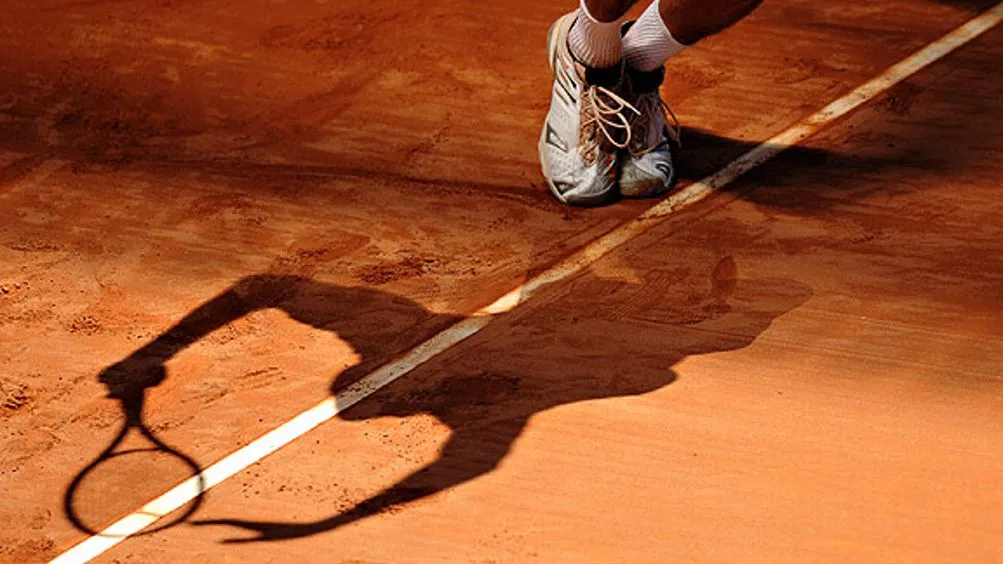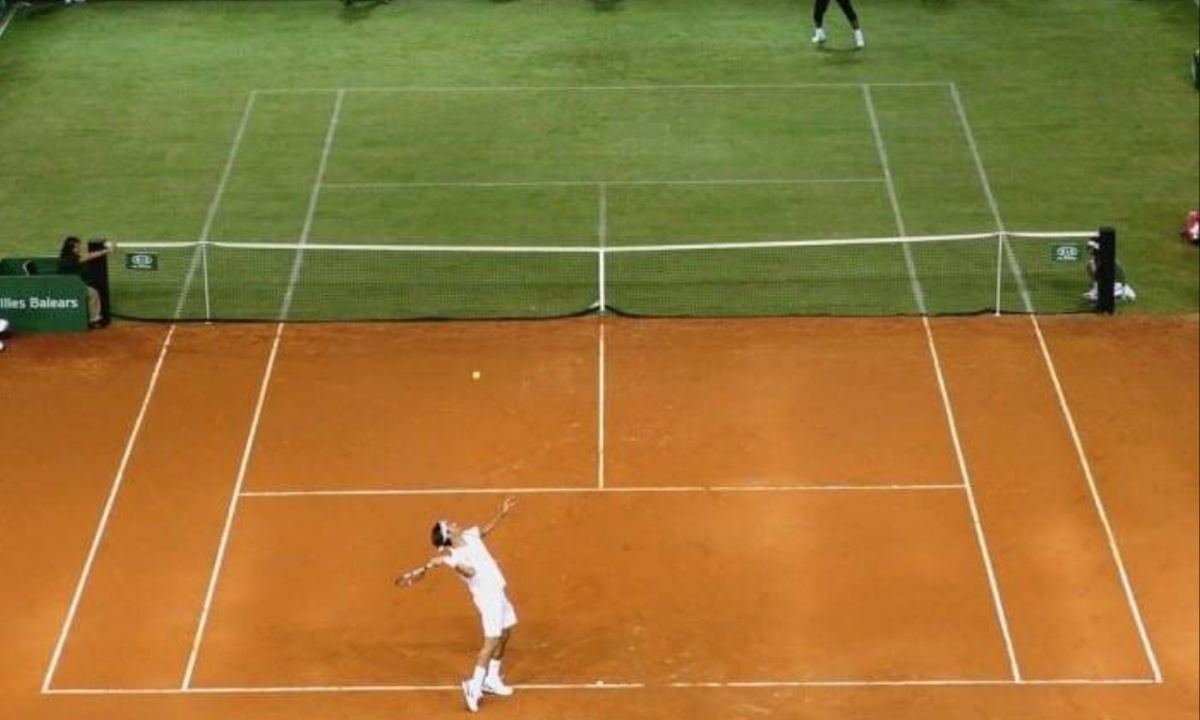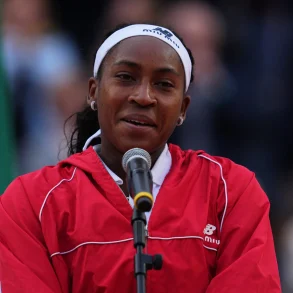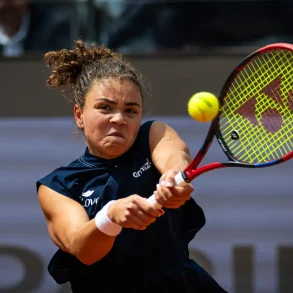Tennis is often described as a game of inches, where small changes in court speed can make a significant difference in the outcome of a match. The dimensions of tennis courts have remained largely unchanged throughout history, but the speed of play has evolved. Different surfaces, such as grass, clay, and hardcourt, offer distinct challenges, fostering diverse playing styles. For example, the grass courts of Wimbledon and the clay courts of the French Open are known for promoting very different types of tennis. However, players have observed that these surfaces are gradually becoming more similar, raising concerns about the potential loss of variety in the game.
In 2011, during the US Open, several players voiced their concerns about the slowing down of the court. Historically known for its fast hardcourts, the event saw changes to its surface, leading to complaints about the game slowing down. Roger Federer, after his first-round victory, suggested that the courts might have been painted too rough, affecting the speed of the game. He expressed that the Grand Slam events were becoming too similar in terms of surface speed, which could diminish the unique challenges posed by each tournament. Mardy Fish, another top player, agreed with Federer, noting that the US Open had lost its distinction as the fastest Grand Slam.
Wimbledon, once known for its serve-and-volley style due to its fast grass courts, has also faced criticism in recent years for the slowing of its surfaces. In 2001, Wimbledon switched to 100 percent perennial ryegrass, which made the courts more durable but also slower. Players like Michael Llodra have expressed dissatisfaction with the changes, comparing the slower grass courts to the faster clay courts of Roland Garros. The shift in Wimbledon’s grass courts reflects a broader trend in the sport where even traditionally fast surfaces are playing slower, prompting further debate among players.

The slowing of court surfaces is not limited to the Grand Slams. In 2011, the BNP Paribas Masters in Paris also experienced changes that made the courts significantly slower than in previous years. Andy Murray, among others, remarked that the courts were much slower, echoing concerns about the impact of slower surfaces on the sport. As baseline tennis becomes more dominant, the physical toll on players increases, leading to concerns about injuries. Long, grueling matches, such as the famous six-hour final at the 2012 Australian Open, highlight the potential negative effects of slower courts on both player health and the spectator experience.
The causes of the slowing of court surfaces are complex. While the ATP regulates the limits for court speeds, the individual tournaments decide on the surface and pace. Weather conditions, such as temperature and humidity, also play a significant role in determining court speed. For instance, the US Open in 2011 cited heavy rain and less frequent power-washing of the newly resurfaced courts as factors contributing to the slower conditions. Despite these explanations, some players continue to argue that the surface changes have become more pronounced over the years, altering the balance of the game.
Despite the ongoing debates and differing opinions, there seems to be a consensus among players and fans that tennis should retain variety between court surfaces. The contrasting speeds of different courts—whether fast or slow—offer a rich diversity of challenges that keep the sport dynamic and exciting. While the debate over surface speeds continues, many believe the ideal solution is to preserve a mix of fast and slow courts to maintain the variety that has always been a hallmark of professional tennis.







